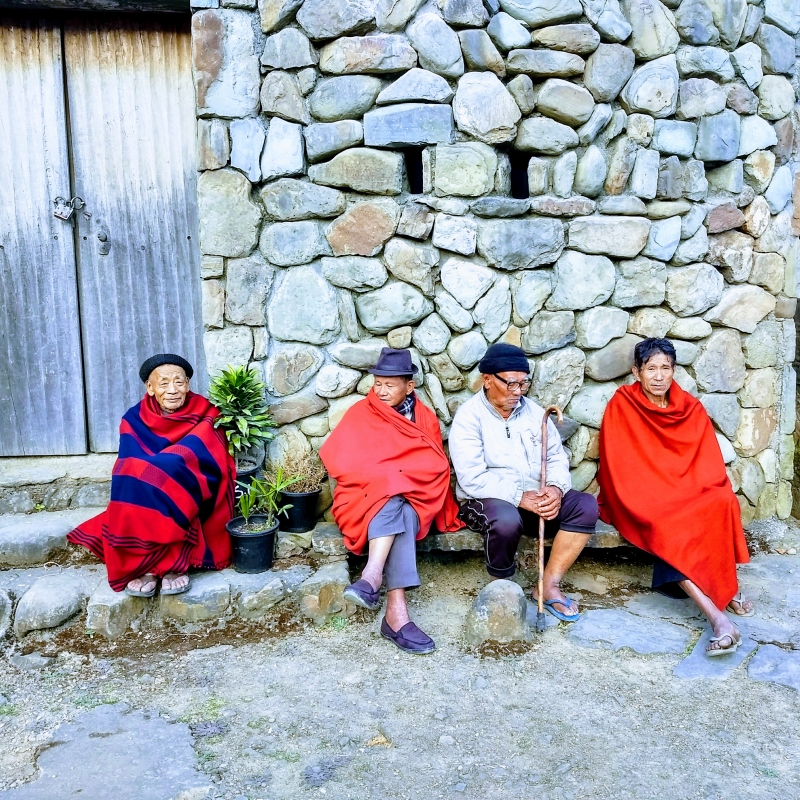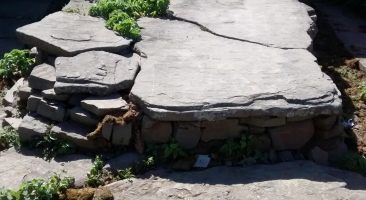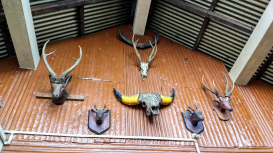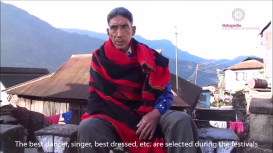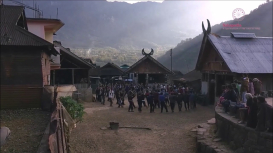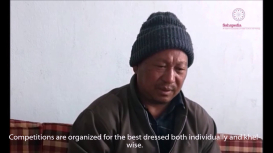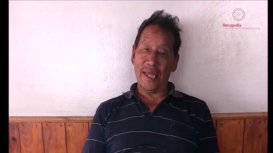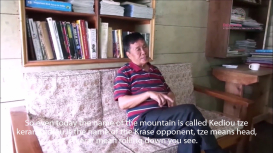The Khonoma village in Nagaland, inhabited by the Angami Naga tribe, has a rich repository of oral accounts. The most fascinating among them are the myths and legends associated with this village. Many of these also have a physical manifestation in the form of associated rocks and structures. This module documents some of these oral renditions, which are believed by the locals to be part of their tribal history. This intangible cultural heritage is performed in the everyday as these stories get passed on from one generation to the other. This genre of folklore is symbolic and symptomatic of the aspirations, fears, ideals and belief-systems of this Naga society. The work is a simple incursion into the genre of folk narration through documentation in visual, oral and written form. It contains a comprehensive article on the relavance of intangible heritage. This work is both for the layman and academia. Firstly, it engages with an area which seldom finds mention in our metanarratives. Secondly, there is an urgent need to understand and appreciate the folk idiom, particularly in the oral format and especially for those societies that until the late nineteenth century lacked a written script. Thirdly, the disdain for old-world myths and legends needs to be done away with by critically engaging with this area of intangible heritage. Lastly, the research deliverables would facilitate primary material for those academics wishing to engage with this aspect of oral history but do not have the wherewithal to do field work.
Myths and Legends of the Angami Nagas of Khonoma

Menka Singh
Menka Singh has been working as an Assistant Professor in History at Daulat Ram College, University of Delhi, since 2012. She is currently pursuing her PhD from the Department of History, University of Delhi. Her doctoral dissertation is titled, 'The Memory and Legacy of Colonialism in the Naga Hills, c. 1832-1947'. Her M.Phil dissertation was titled 'State, Family, and Orphans of Partition, c. 1940-1980'. She was enrolled at Hindu College and Lady Shri Ram College for her Masters and Bachelors in History respectively. She has been part of workshops, conferences and seminars on both Partition Studies and Northeast Studies. She has presented and published papers and has a keen interest in Partition narratives, folklore studies, child rights, jurisprudence, cultural studies, Gandhian ideology, gender studies, and the methodologies of history writing.
